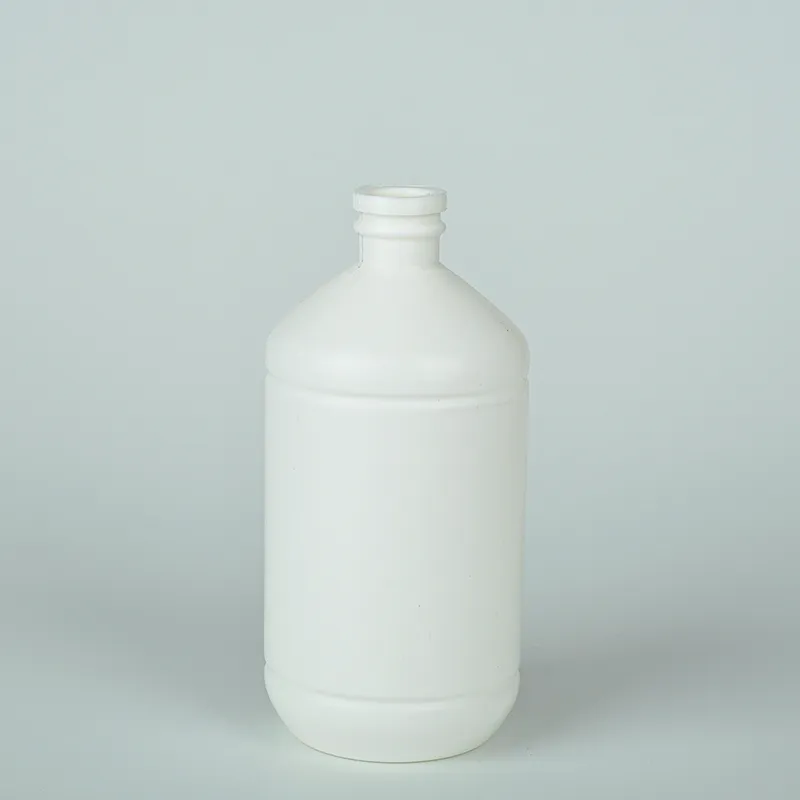
-
 Afrikaans
Afrikaans -
 Albanian
Albanian -
 Amharic
Amharic -
 Arabic
Arabic -
 Armenian
Armenian -
 Azerbaijani
Azerbaijani -
 Basque
Basque -
 Belarusian
Belarusian -
 Bengali
Bengali -
 Bosnian
Bosnian -
 Bulgarian
Bulgarian -
 Catalan
Catalan -
 Cebuano
Cebuano -
 Corsican
Corsican -
 Croatian
Croatian -
 Czech
Czech -
 Danish
Danish -
 Dutch
Dutch -
 English
English -
 Esperanto
Esperanto -
 Estonian
Estonian -
 Finnish
Finnish -
 French
French -
 Frisian
Frisian -
 Galician
Galician -
 Georgian
Georgian -
 German
German -
 Greek
Greek -
 Gujarati
Gujarati -
 Haitian Creole
Haitian Creole -
 hausa
hausa -
 hawaiian
hawaiian -
 Hebrew
Hebrew -
 Hindi
Hindi -
 Miao
Miao -
 Hungarian
Hungarian -
 Icelandic
Icelandic -
 igbo
igbo -
 Indonesian
Indonesian -
 irish
irish -
 Italian
Italian -
 Japanese
Japanese -
 Javanese
Javanese -
 Kannada
Kannada -
 kazakh
kazakh -
 Khmer
Khmer -
 Rwandese
Rwandese -
 Korean
Korean -
 Kurdish
Kurdish -
 Kyrgyz
Kyrgyz -
 Lao
Lao -
 Latin
Latin -
 Latvian
Latvian -
 Lithuanian
Lithuanian -
 Luxembourgish
Luxembourgish -
 Macedonian
Macedonian -
 Malgashi
Malgashi -
 Malay
Malay -
 Malayalam
Malayalam -
 Maltese
Maltese -
 Maori
Maori -
 Marathi
Marathi -
 Mongolian
Mongolian -
 Myanmar
Myanmar -
 Nepali
Nepali -
 Norwegian
Norwegian -
 Norwegian
Norwegian -
 Occitan
Occitan -
 Pashto
Pashto -
 Persian
Persian -
 Polish
Polish -
 Portuguese
Portuguese -
 Punjabi
Punjabi -
 Romanian
Romanian -
 Russian
Russian -
 Samoan
Samoan -
 Scottish Gaelic
Scottish Gaelic -
 Serbian
Serbian -
 Sesotho
Sesotho -
 Shona
Shona -
 Sindhi
Sindhi -
 Sinhala
Sinhala -
 Slovak
Slovak -
 Slovenian
Slovenian -
 Somali
Somali -
 Spanish
Spanish -
 Sundanese
Sundanese -
 Swahili
Swahili -
 Swedish
Swedish -
 Tagalog
Tagalog -
 Tajik
Tajik -
 Tamil
Tamil -
 Tatar
Tatar -
 Telugu
Telugu -
 Thai
Thai -
 Turkish
Turkish -
 Turkmen
Turkmen -
 Ukrainian
Ukrainian -
 Urdu
Urdu -
 Uighur
Uighur -
 Uzbek
Uzbek -
 Vietnamese
Vietnamese -
 Welsh
Welsh -
 Bantu
Bantu -
 Yiddish
Yiddish -
 Yoruba
Yoruba -
 Zulu
Zulu
Guidelines for Storing Samples Using Freezing Tube Techniques
Understanding Freezing Tubes A Guide to Efficient Sample Preservation
In the realm of scientific research and laboratory practices, the preservation of biological samples is paramount. One of the most effective methods to achieve this is through the use of freezing tubes. These tubes, designed specifically for the storage of biological materials at low temperatures, play a crucial role in various fields, including molecular biology, biochemistry, and clinical research. This article delves into the significance of freezing tubes, their design features, and best practices for usage.
Freezing tubes are typically made from high-quality polypropylene, which is known for its durability and resistance to extreme temperatures. The design often includes a secure cap that can withstand the pressure of expanding fluids when frozen, preventing leaks and contamination. Many modern freezing tubes are also designed with graduated markings to facilitate accurate measurement of sample volumes, making them user-friendly for researchers and lab technicians.
One of the primary advantages of using freezing tubes is their ability to maintain the integrity of biological samples, such as cells, tissues, enzymes, and DNA. When biological materials are subjected to freezing, ice crystals can form, which may rupture cellular structures. However, proper use of freezing tubes can minimize this risk. Cryoprotectants, such as dimethyl sulfoxide (DMSO) or glycerol, are often added to samples prior to freezing. These substances help to reduce ice formation by lowering the freezing point of the solution, thereby safeguarding the integrity of the biological material.
Another significant aspect of freezing tubes is their compatibility with various freezing techniques. Conventional methods involve placing samples in a -80°C freezer, which is often the standard temperature for long-term storage. However, for some applications, samples may require storage in the vapor phase of liquid nitrogen (-196°C), which provides an even colder environment. Specialized freezing tubes are designed to tolerate these extreme conditions without compromising the sample quality.
freezing tubes

To ensure optimal sample preservation, several best practices should be followed when using freezing tubes. First and foremost, proper labeling is essential. Each tube should be clearly marked with relevant information such as the sample type, date of collection, and any other pertinent details. This helps to avoid confusion and ensures that samples can be retrieved efficiently.
Furthermore, it is important to gradually reduce the temperature of the samples before they are placed into long-term storage. This can be achieved by using a controlled-rate freezer, which cools the samples at a slow and steady pace. This method minimizes the risk of ice crystal formation and increases the likelihood of successful sample recovery post-thaw.
When storing samples in freezing tubes, it's crucial to consider the volume of the samples being frozen. Overfilling the tubes can lead to leakage and contamination due to the expansion of fluids upon freezing. A guideline is to fill tubes to about 80% of their capacity to allow sufficient space for expansion.
In conclusion, freezing tubes serve as an indispensable tool in the preservation of biological samples. Their specialized design ensures the protection of the samples during low-temperature storage, while best practices further enhance their effectiveness. By understanding the importance of freezing tubes and adhering to proper techniques, researchers can ensure the viability of their samples for future analyses, contributing significantly to the advancement of scientific knowledge.
-
Premium 200ml Medicine Bottles – Leakproof Dropper & Spray Options at Best PriceNewsJul.05,2025
-
PTFE Centrifuge Tubes - Chemical Resistant, Leak-proof, Ideal for Laboratory UseNewsJul.05,2025
-
Premium Metal Dropper Bottle for Precise Dispensing 250ml & 1ml Options AvailableNewsJul.04,2025
-
20 ml Headspace Vials - High Quality Polyethylene & Plastic Vials for Lab UseNewsJul.04,2025
-
Small Bottle with Pipette - Precise Dispensing 100ml Pipette Bottles for Essential Oils & Lab UseNewsJun.24,2025
-
Acetic Anhydride Bottle for Accurate Dropper Measurement in Pharmacy Use High-Quality Dropper BottlesNewsJun.10,2025






















